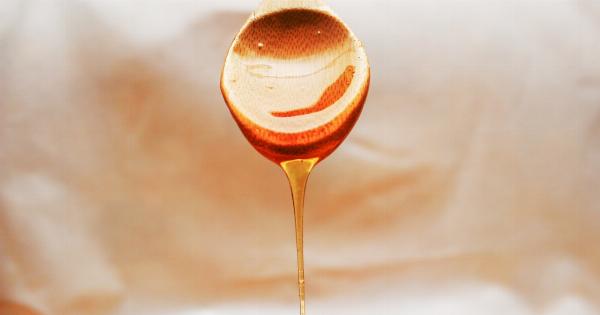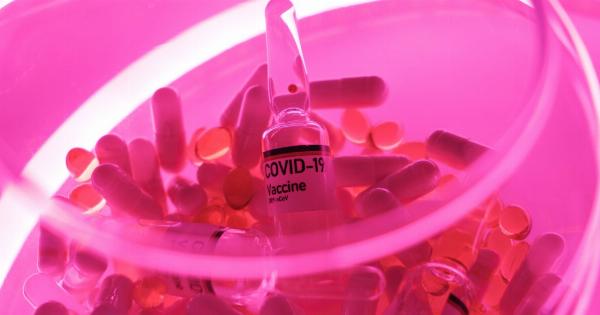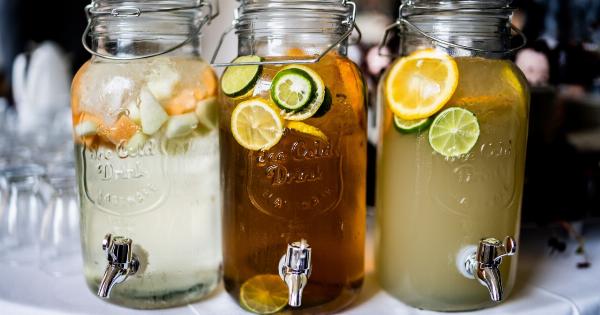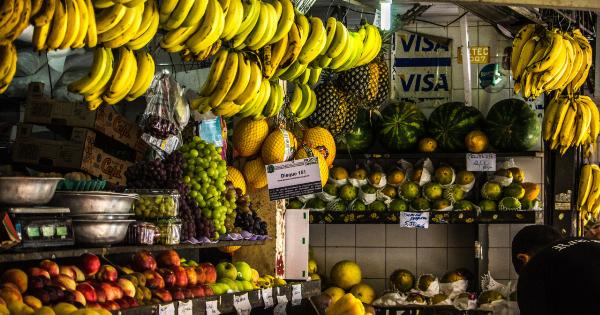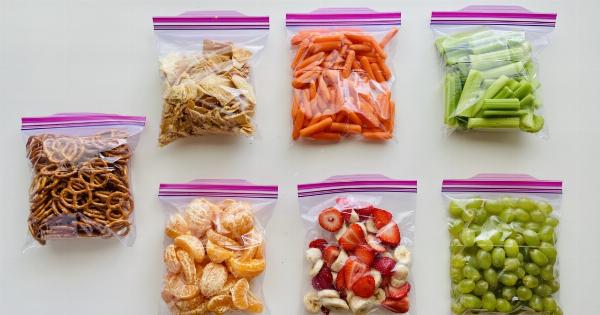Honey, a delicious and versatile natural sweetener, has been enjoyed by humans for thousands of years. Its unique taste and sticky texture make it a favorite addition to various recipes and beverages.
However, one of the most intriguing aspects of honey is its incredible long-lasting nature. Unlike many other food products, honey can remain edible and delicious for an extended period. In this article, we will explore the secret behind honey’s impressive shelf life and uncover the factors that contribute to its longevity.
The Composition of Honey
Before we delve into the secrets of honey’s long-lasting nature, let’s understand its composition. Honey is a complex mixture primarily composed of sugars, mainly fructose and glucose.
It also contains traces of vitamins, minerals, enzymes, amino acids, and various antioxidants. However, the main factor that contributes to honey’s prolonged shelf life is its low moisture content.
The Role of Low Moisture Content
Honey’s low moisture content plays a vital role in its ability to resist spoilage. Bees produce honey by extracting nectar from flowers and then evaporating most of the water content, resulting in a thick, concentrated syrup.
Typically, honey contains only about 17-18% water, which is considerably lower than many other food products.
This minimal amount of moisture inhibits the growth and reproduction of bacteria and other microorganisms. Bacteria require water to survive and multiply, and the low moisture content of honey creates an inhospitable environment for their survival.
As a result, honey remains free from spoilage-causing bacteria, keeping it fresh for an extended period.
Acidity: A Key Player
In addition to its low moisture content, honey’s acidity also contributes to its long-lasting nature. The pH level of honey typically ranges between 3.2 and 4.5, making it an acidic substance.
The acidic environment of honey further impedes the growth of bacteria and molds, acting as a natural preservative.
Honey’s acidity also helps inhibit the activity of enzymes that may cause the breakdown of sugars and other components. By slowing down these enzymatic reactions, honey maintains its desirable taste and preserves its nutritional value over time.
Natural Antibacterial Properties
Another fascinating aspect of honey’s long-lasting nature is its natural antibacterial properties.
Honey contains an enzyme called glucose oxidase, which produces small amounts of hydrogen peroxide when honey is diluted with water or comes into contact with body fluids.
Hydrogen peroxide is well-known for its antibacterial properties, and its presence in honey helps prevent the growth of bacteria and other microorganisms. This unique characteristic enhances the preservation of honey, making it resistant to spoilage.
Jar Sealing: A Protective Shield
When honey is properly stored in airtight containers, such as jars, it forms a protective shield against environmental factors that can degrade its quality.
The airtight seal prevents moisture, air, and contaminants from entering the jar and compromising the honey’s integrity.
The tight jar seal, combined with honey’s low moisture content, further enhances its resistance to spoilage. It keeps the honey fresh, allowing it to retain its unique flavor and beneficial properties for an extended period.
The Influence of Temperature
Temperature plays a crucial role in determining the shelf life of honey. Ideally, honey should be stored at room temperature, around 70°F (21°C). Extreme temperatures, whether too hot or too cold, can accelerate the deterioration of honey.
High temperatures may cause the enzymes and antioxidants in honey to break down, diminishing its nutritional value. Additionally, exposure to heat can lead to a change in honey’s color and flavor.
On the other hand, freezing honey may cause it to crystallize and change in texture, although its nutritional properties remain intact.
Storing honey at the appropriate temperature is essential to ensure its long-lasting nature. By protecting honey from extreme temperatures, you can maintain its quality and enjoy its deliciousness for an extended period.
The Role of Crystallization
Over time, honey may undergo a natural process called crystallization. Crystallized honey appears solid and grainy, with a different texture compared to its liquid form.
While some may view crystallization as a sign of honey going bad, it is a natural and reversible process.
Crystallization occurs when glucose, one of the main sugars in honey, spontaneously forms crystals. The rate of crystallization depends on various factors, including the type of honey and its storage conditions.
Raw honey, which hasn’t undergone significant processing, is more likely to crystallize compared to commercially processed honey.
Crystallization does not mean that the honey has spoiled. In fact, crystallized honey is still perfectly safe to consume and packed with all its nutritional benefits.
To reverse crystallization, simply place the jar of honey in a warm water bath until the crystals dissolve, restoring the honey to its liquid form.
Storage Tips for Long-Lasting Honey
Following proper storage techniques is essential to ensure the long-lasting nature of honey. Here are some tips to keep your honey fresh and delicious:.
1. Use clean and dry utensils:
Always use clean and dry spoons or other utensils when scooping honey from the jar. Moisture or impurities can introduce contaminants that may shorten its shelf life.
2. Keep it tightly sealed:
Ensure that the jar is tightly sealed after every use to prevent moisture and air from entering. Store honey in airtight containers or jars that offer a secure seal.
3. Store at room temperature:
Keep honey at room temperature, away from direct sunlight or heat sources. Avoid storing it in the refrigerator, as the cold temperature can accelerate crystallization and affect its quality.
4. Avoid water contact:
Avoid introducing water into the jar of honey, as it can promote bacterial growth and spoilage. Keep the jar dry and clean to maintain honey’s longevity.
The Enduring Elixir: Nature’s Sweet Miracle
Honey’s long-lasting nature is a testament to the intricate balance of its composition and the unique properties it possesses.
From low moisture content to acidity and natural antibacterial compounds, honey has evolved to resist spoilage and maintain its freshness over time.
By understanding the secrets behind honey’s long-lasting nature, we can fully appreciate this remarkable natural elixir.
So, the next time you savor the deliciousness of honey, remember the remarkable journey it has undergone to land on your table, unchanged and irresistibly sweet.








